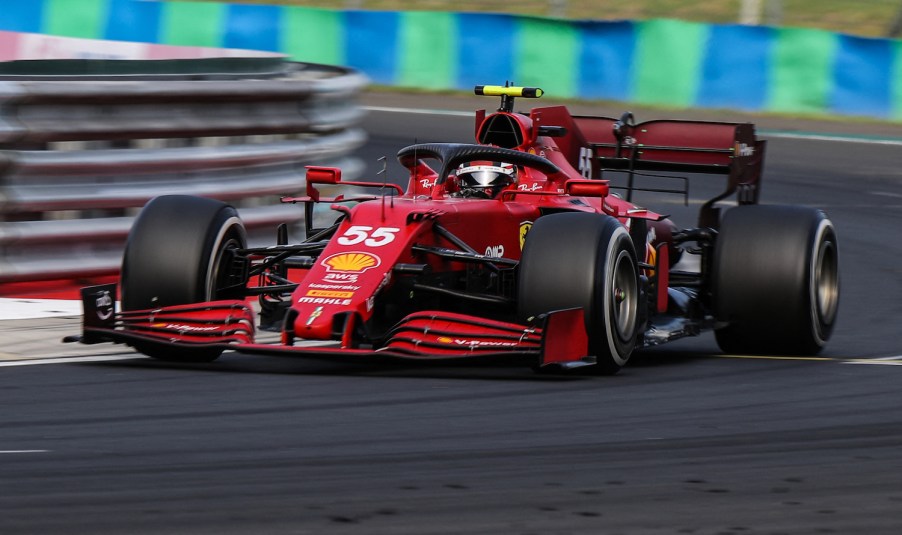
This is How F1 Teams Interpreted the 2021 Rule Changes
F1 was geared up to introduce a technical regulations overhaul in 2021, but the global pandemic said “not so fast” and put a pin in it until next season. Despite this F1 still implemented a few changes for 2021, intended as tweaks to the 2020 cars. Thankfully, F1 teams discovered new advantages with these minute regulation changes. The first-ever cost cap looming over their shoulders didn’t seem to phase them. Mark Hughes goes into detail on what teams did to combat the rule changes that came in 2021.
Suspension migration

In 2020 Mercedes was able to shove the rear suspension farther towards the back of the car. This freed some room around the diffuser for more aerodynamic influence. The following season Formula 1 implemented a token system regulation to restrict how teams instate certain changes. If teams were going to replicate what Mercedes did, they would have to do it with the restriction in place. Red Bull, Ferrari, and Alpine all came up with solutions, which involved tucking in the rear suspension by reconfiguring existing pick-up points.
Changes to the floor

For 2021 regulations, F1 banned a massive section of the floor, from the middle all the way to the rear tires. This meant removing floor slots and louvers as well as restricting the diffuser strakes and brake duct winglets. Strakes are ridges that stick out to improve aerodynamic stability.
These changes eliminated the vortices needed to suck the car to the ground. Teams got creative and recreated the vortices with wavy aero bits underneath the underside of the floor. Mercedes had multiple variations, including one for Silverstone, according to Hughes.
Red Bull’s shark teeth and Ferrari’s front wing

For Monaco, the Red Bull cars got layered fins resembling shark teeth along the edge of the diffuser. By Austria, the fins had gone the width of the entire diffuser. The layers create vortices, which then use a gurney flap to continue up to higher ride heights, keeping the aerodynamics effective even with an extreme rake angle. Ferrari made changes elsewhere, specifically with its front wing. Underneath the nose is a “dead zone”, where the air gets trapped and becomes useless. Ferrari added a cape underneath that area to redirect the trapped air toward the underfloor.
F1 rules and regulations are like inkblots. It’s black ink on white paper, but each team sees it differently. F1’s rendition of the 2022 car was unveiled a few weeks ago, but how the teams interpret the rules undoubtedly will yield something much different, as is the case with any extensive rule change.
F1 cars today aren’t allowed to use the floor of the car for aerodynamic purposes, so the cars have winglets to compensate. Next year’s floor changes could see the end of these winglets. As always, the teams will have to get creative, and for the first time, with a restricted budget. Big teams like Mercedes and Red Bull will show just how resourceful they can be.


